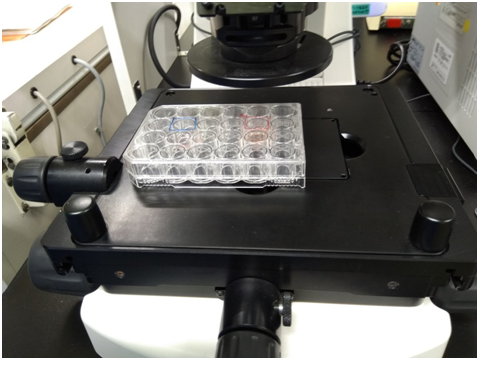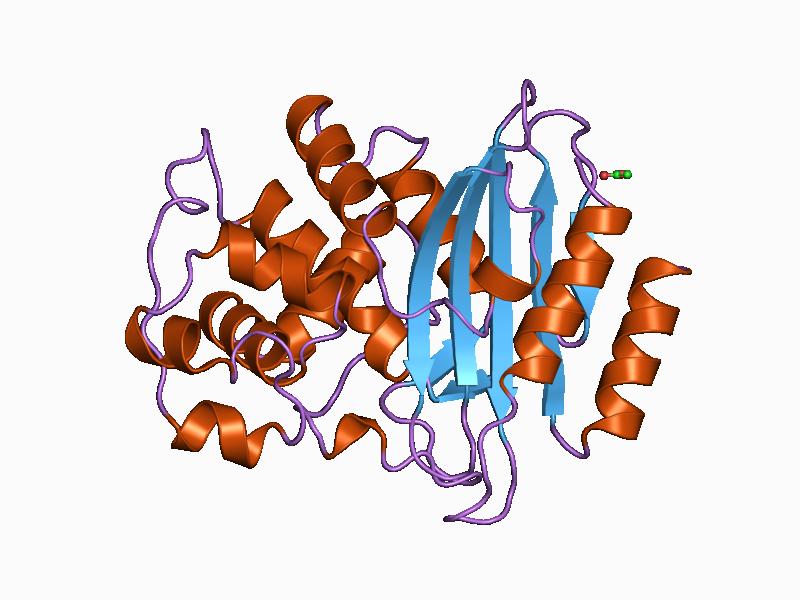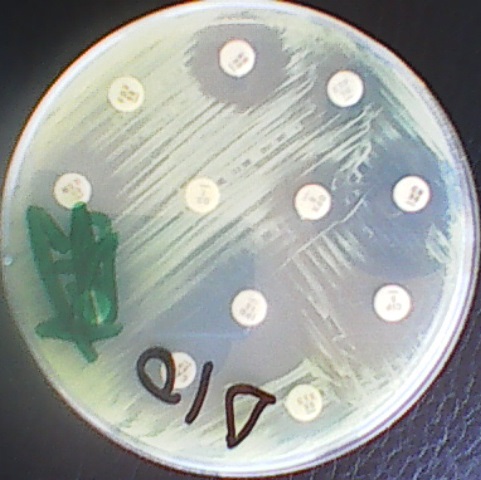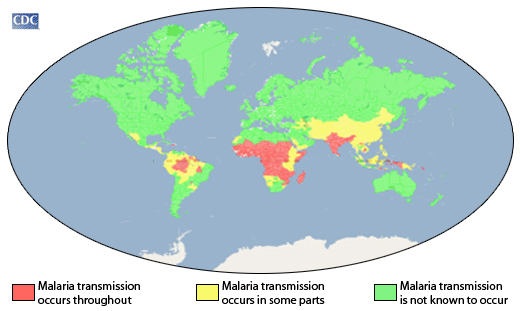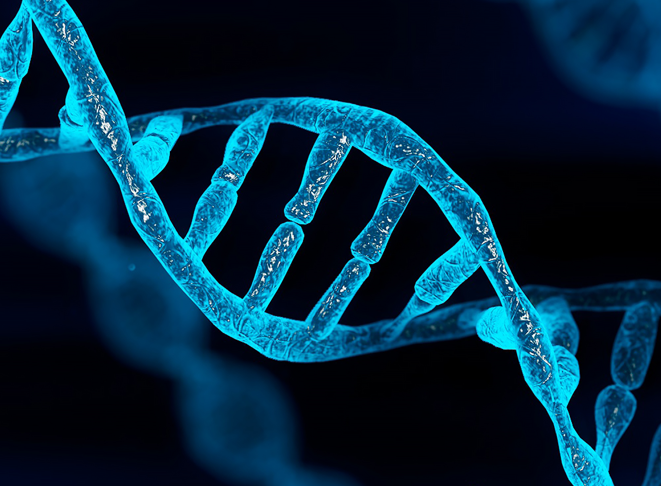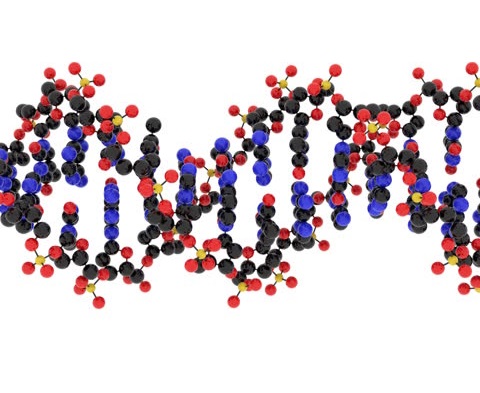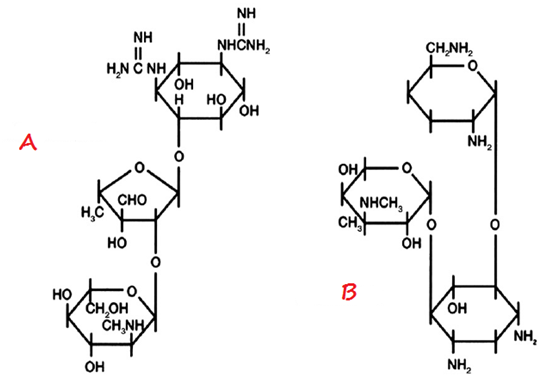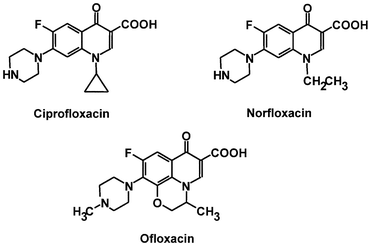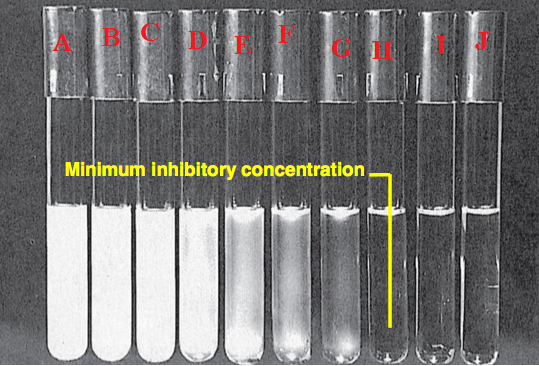EQUIPMENT USED IN CELL CULTURE LAB
Laminar flow cabinet (hood) The laminar flow biological safety cabinet which can also be called hood or cell culture hood is one of the most important equipment in the cell (tissue) culture laboratory. This piece of equipment helps to provide sterile environment to work with cells without any fear of contamination. It is a filtration […]
EQUIPMENT USED IN CELL CULTURE LAB Read More »
Cell Culture Notes
